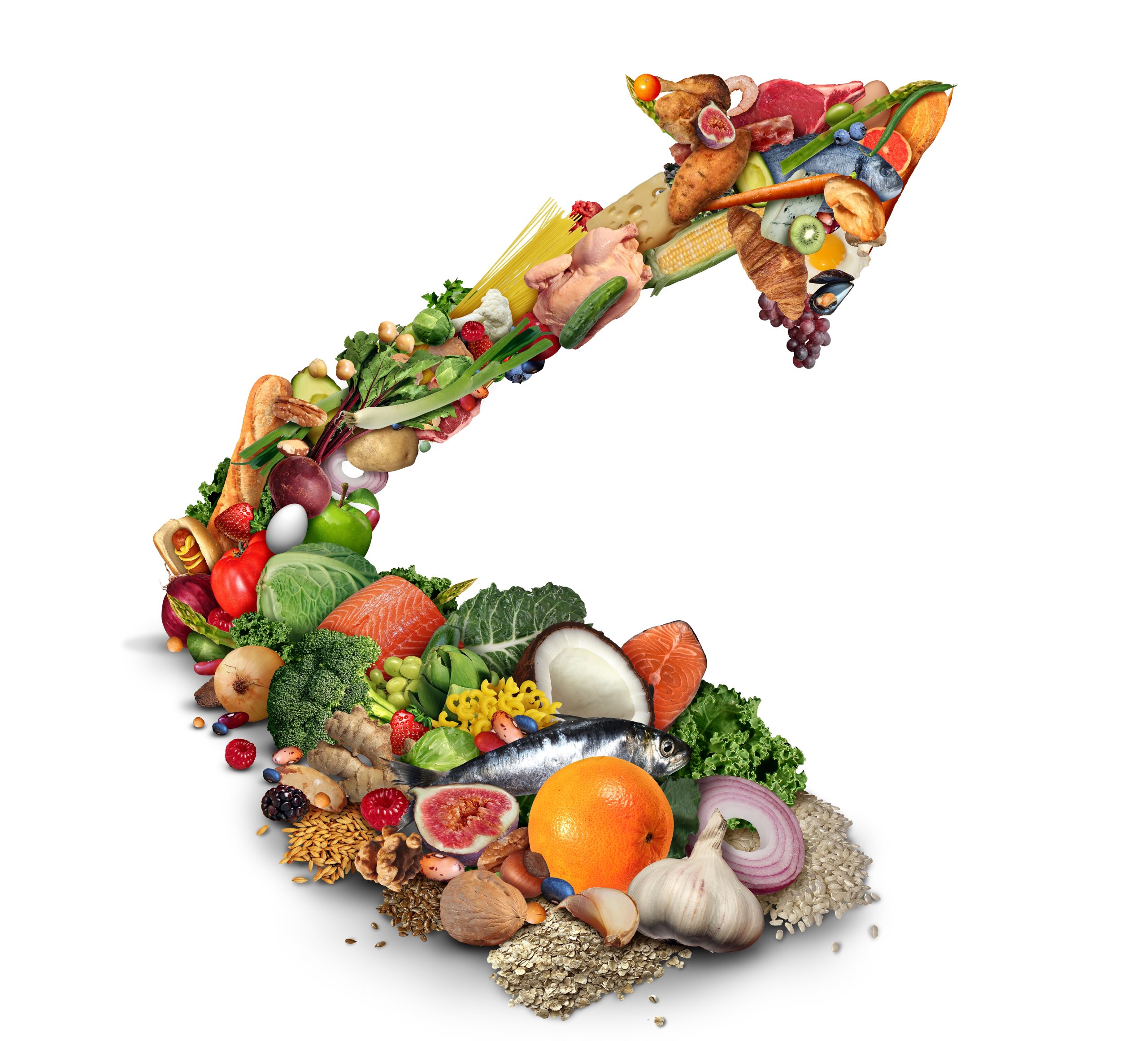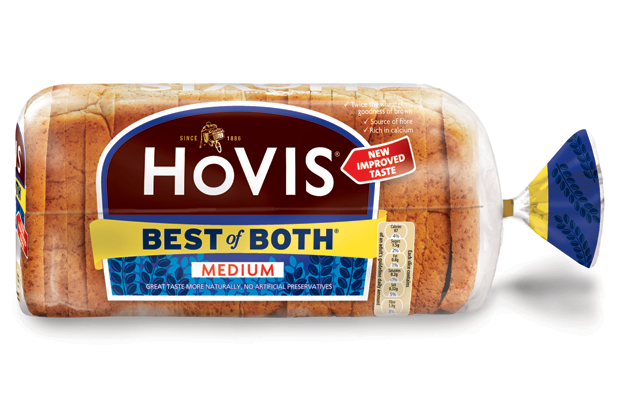Inflation eased slightly in March but food prices remain high

The cost of food is still climbing, with bread and cereal price inflation at a record high, according to the latest figures from the Office of National Statistics (ONS).
In the Consumer Price Inflation (CPI) index for March, it was revealed that while the overall costs facing business have been “largely stable” since summer 2022, prices remain high.
Food and non-alcoholic beverages rose from 18.2% to 19.2%, the highest since August 1977, however the rate of inflation fell from 10.4% in February to 10.1% in March.
Prices rose overall on food and non-alcoholic beverages by 1.1% between February and March 2023, compared with a smaller rise of 0.2% a year ago.
UPWARD EFFECT
The inflation rate on food prices saw a large upward effect, mainly due to bread and cereals and, to a lesser extent, fruit, sugar, jam, chocolate and confectionery, meat and vegetables including potatoes.
Bread and cereals prices overall rose this year but fell a year ago, with the main upward contributions coming from biscuits, sponge cakes and crumpets, while it was partially offset by a small downward effect coming from bread, where prices overall rose this year by less than a year ago.
Commenting on the inflation figures for March, ONS Chief Economist Grant Fitzner said: “Inflation eased slightly in March, but remains at a high level.
“The main drivers of the decline were motor fuel prices and heating oil costs, both of which fell after sharp rises at the same time last year. Clothing, furniture and household goods prices increased, but more slowly than a year ago.
“However, these were partially offset by the cost of food, which is still climbing steeply, with bread and cereal price inflation at a record high.
“The overall costs facing business have been largely stable since last summer, although prices remain high.”







